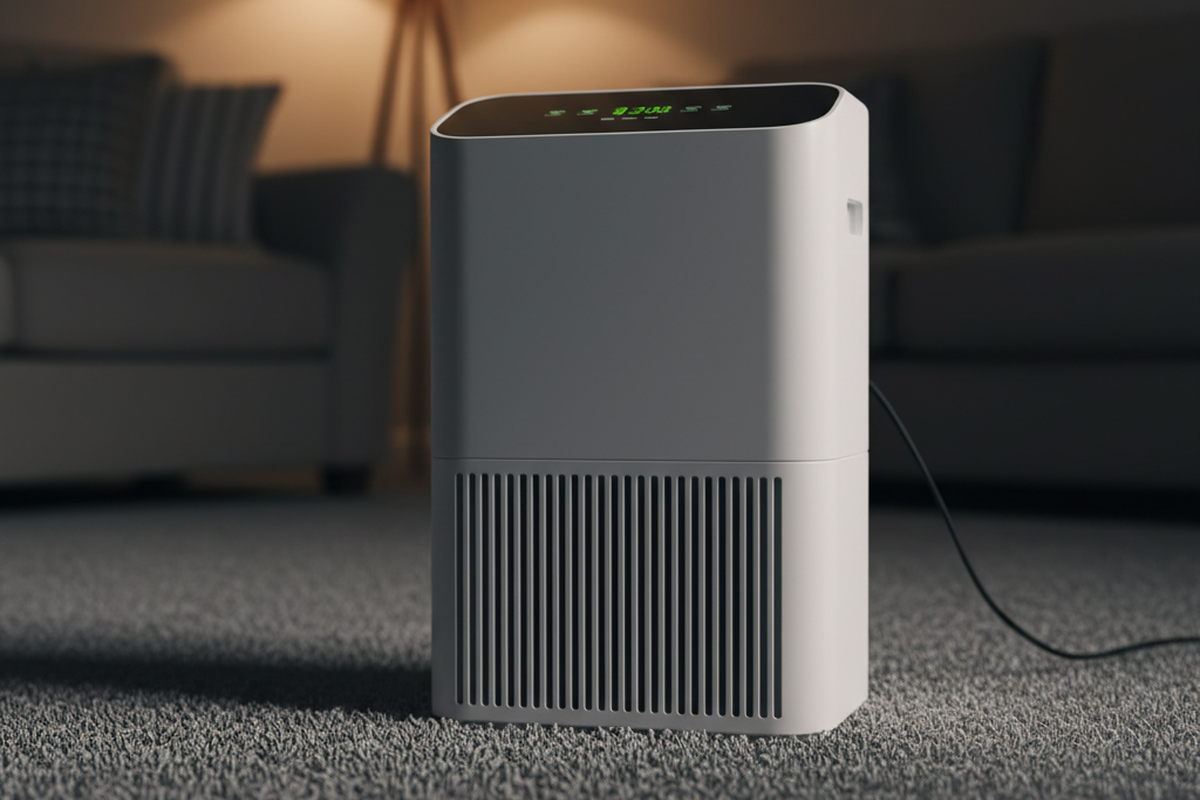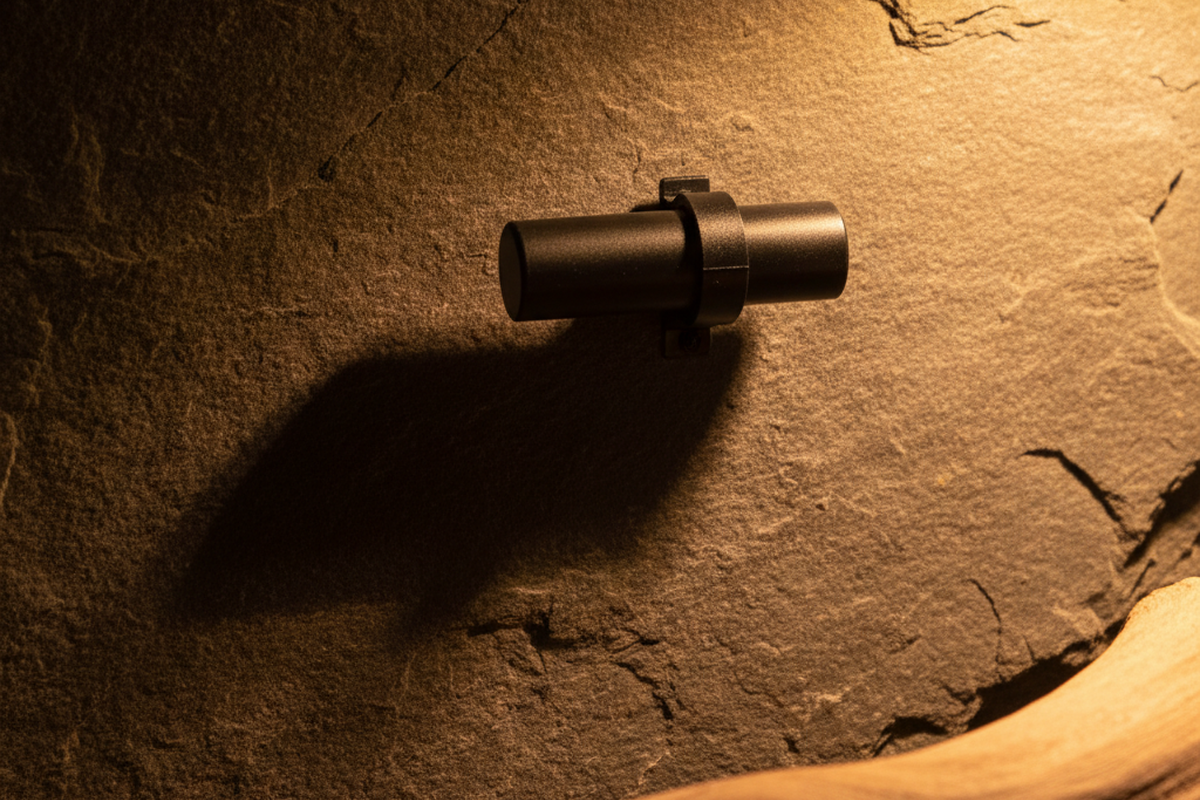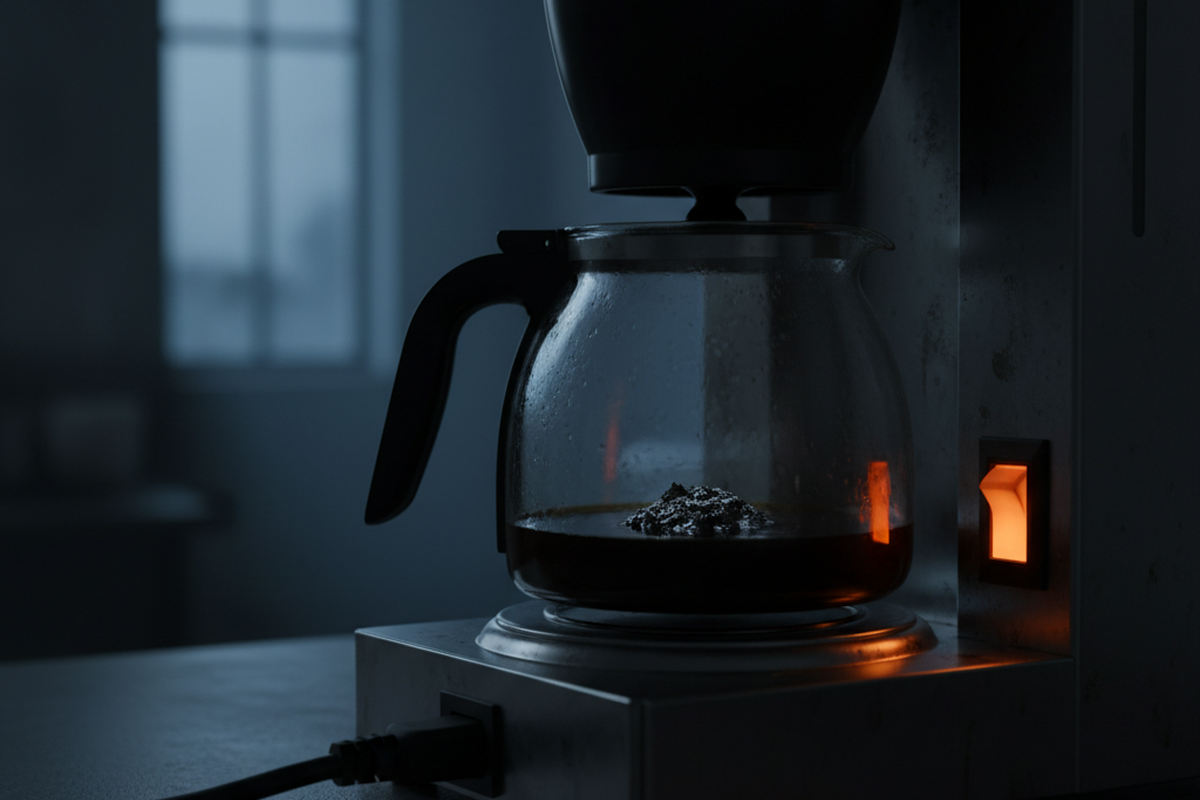Co je zátěžový faktor (BF)
Předřadníkový faktor (Bf) je kvantifikace účinnosti a světelného výkonu kombinace světelného zdroje a předřadníku ve srovnání s referenčním předřadníkem. Vyjadřuje se jako číselná hodnota, která se obvykle pohybuje v rozmezí od 0,70 do 1,2 a představuje množství světla, které světelný zdroj vyzařuje při provozu s konkrétním předřadníkem. Výpočet předřadníkového činitele spočívá ve vydělení světelného toku kombinace světelného zdroje a předřadníku světelným tokem stejného světelného zdroje (světelných zdrojů) s referenčním předřadníkem. Předřadníkový činitel menší než 1 znamená, že zářivkový systém bude vydávat méně světla (lumenů) ve srovnání s referenčním předřadníkem, zatímco činitel větší než 1 znamená, že bude vydávat více světla.
Inspirujte se portfoliem pohybových senzorů Rayzeek.
Nenašli jste to, co jste chtěli? Nebojte se. Vždy existují alternativní způsoby řešení vašich problémů. Možná vám pomůže některé z našich portfolií.
Kromě vlivu na světelný výkon ovlivňuje předřadník nepřímo i spotřebu energie. Obecně platí, že nižší předřadníkový činitel vede ke snížení příkonu osvětlovacího systému. To znamená, že výběr předřadníku s nižším předřadníkovým činitelem může vést k úsporám energie.
Pro lepší pochopení konceptu zátěžový faktor, lze použít analogii ze světa automobilů. Podobně jako různé velikosti motorů ovlivňují spotřebu paliva a výkon, nižší zátěžový faktor nabízí. vyšší energetická účinnost ale může mít za následek nižší světelný výkon. Naopak vyšší činitel předřadníku může spotřebovat více energie, ale zajistit vyšší výkon nebo vyšší světelný výkon.
Hledáte řešení úspory energie aktivované pohybem?
Obraťte se na nás pro kompletní PIR senzory pohybu, produkty pro úsporu energie aktivované pohybem, spínače se senzorem pohybu a komerční řešení pro detekci přítomnosti/volnosti.
Často kladené otázky
Jak často je třeba vyměňovat předřadníky?
Podle Asociace certifikovaných výrobců předřadníků mají magnetické předřadníky obvykle životnost přibližně 75 000 hodin, což při běžném používání znamená v průměru 12 až 15 let.
Jak používat faktor Ballast
Předřadníkový činitel je měrný ukazatel, který udává podíl světla vyzařovaného světelným zdrojem při jeho provozu v určitém svítidle. Obvykle se uvádí ve specifikacích modelu a může se pohybovat v rozmezí od 0,70 do 1,20. Chcete-li použít toto měření, musíte vynásobit jmenovitý světelný tok výbojky předřadníkovým faktorem svítidla.
Co je to faktor účinnosti předřadníku
Činitel účinnosti předřadníku označuje poměr světelného výkonu a příkonu předřadníku zářivky, který se stanoví na základě zkoušek podle specifikací uvedených v normě ANSI C82.
Jaké napětí bych měl získat z předřadníku
Výstupní napětí předřadníku by se mělo obvykle pohybovat v rozmezí 300 až 1000 V, které se liší podle konkrétního modelu předřadníku.
Jaká velikost zátěže je nejlepší
Ideální velikost předřadníků se pohybuje od 1,9 cm do 5,1 cm. Nedoporučuje se používat kameny větší než 5,1 cm, protože vzájemné propojení kamenů této velikosti je lepší než u větších kamenů. Proto se nejoptimálnější zátěž skládá z kamenů o velikosti od 1,9 cm do 5 cm.
Jak se určuje normální odpor zátěže
Normální předřadný odpor lze určit změřením napětí na zapalovací cívce. Pokud předřadný odpor funguje správně, sníží úroveň napětí na 7-8 V. Naopak, pokud je předřadník vadný, bude úroveň napětí na zapalovací cívce vyšší. Odpor předřadníkového rezistoru lze zkontrolovat pomocí ohmmetru.









